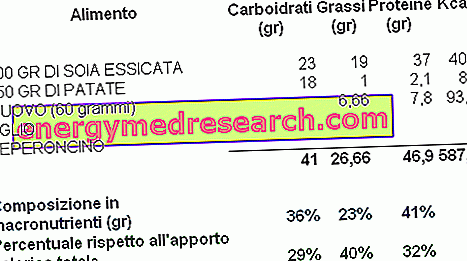
Scientific name
Capsicum frutescens
Family
Solanaceae
Origin
India and tropical regions
Synonyms
Capsicum, chilli, cayenne pepper
Used Parts
The drug consists of dried ripe fruits (Official Pharmacopoeia)
Chemical constituents
- Capsaicinoids (capsaicin);
- Amino acids;
- Fatty acids;
- Protein.
Chili in Herbalist: Properties of Chili
Capsicum is used in herbal medicine due to its local vasodilatory activity (for irritation of the skin and mucous membranes) and pain relief.
The active component of the plant is capsaicin and the analgesic effect is due to the ability to interfere with cutaneous sensory nerves in transmitting the painful stimulus.
Biological activity
Chilli and, more precisely, capsaicin are given analgesic properties. These properties have been confirmed by several clinical studies, so that the use of preparations containing capsaicin has been officially approved for the treatment of pain, in particular that of neuropathic type.
The effectiveness of capsaicin lies in its rather unique mechanism of action. This molecule, in fact, is able to bind to a particular receptor present in the sensory nerves: the vanilloid receptor 1 (or TRPV1). This receptor is an ionic channel that, once activated, opens favoring the entry of calcium ions into the nerve cell. This flow, in turn, promotes the release of substance P (a substance implicated in the onset of pain and in thermoregulation) by the sensory neurons involved in the transmission of nociceptive stimuli. However, the binding of capsaicin to these receptors - after an initial and intense excitement (which causes the classic burning sensation perceived when using the chili pepper) - then tends to desensitize them, thus causing a depletion of the substance P from the aforementioned sensory neurons, therefore, determining an analgesic effect.
Furthermore, the potential antibacterial properties of capsaicin have been investigated. Indeed, some studies have shown that capsaicin is able to exert an antimicrobial action against Helicobacter pylori and this could make it a potential ally in the difficult eradication pathway of this beating by patients suffering from peptic ulcer or gastritis chronic. However, this therapeutic use of capsaicin has not yet been approved (for more in-depth information on this, see the article on "Combating Helicobacter pylori with chilli").
Chili pepper against neuropathic pain and rheumatism
As stated above, chili can be a valid aid in the treatment of neuropathic pain and, in some cases, even rheumatism, thanks to the capsaicin it contains and the action it exerts on the sensory nerves.
For the treatment of these disorders, the chili pepper should only be used externally. When used in the form of a cream (standardized at 0.25% or 0.75% in capsaicin), it is usually recommended to apply the product on the affected skin area at most three times a day.
Chili pepper in folk medicine and in homeopathy
In folk medicine, the chili pepper is used externally for the treatment of chronic low back pain and to gargle against hoarseness and sore throat. Internally, however, the chili pepper is used in traditional medicine to treat gastrointestinal disorders and to combat seasickness, as well as a preventive remedy against arteriosclerosis and other cardiovascular disorders.
Chili is also used in homeopathy, where it is used as a remedy for joint pain, osteoarthritis, inflammation of the oropharyngeal cavity, infections of the middle ear and against certain skin disorders, such as eczema.
Chilli - Side effects
Drowsiness or excessive sedation may occur following the consumption of chili peppers.
Contraindications
Avoid contact with eyes and inflamed or injured skin; avoid hot baths or showers before and after capsaicin application, as they may increase the burning sensation; avoid taking hot peppers in case of proven hypersensitivity to one or more components.
The use of chilli and / or capsaicin-based preparations is generally not recommended even during pregnancy and lactation. However, it is always a good idea to ask for the preventive advice of the doctor.
Pharmacological Interactions
- increases the absorption of theophylline;
- reduces gastric damage from Aspirin;
- Acute chili pepper prolongs sleep time;
- the use of capsaicin-based creams may predispose to coughing during the use of ACE inhibitors.



